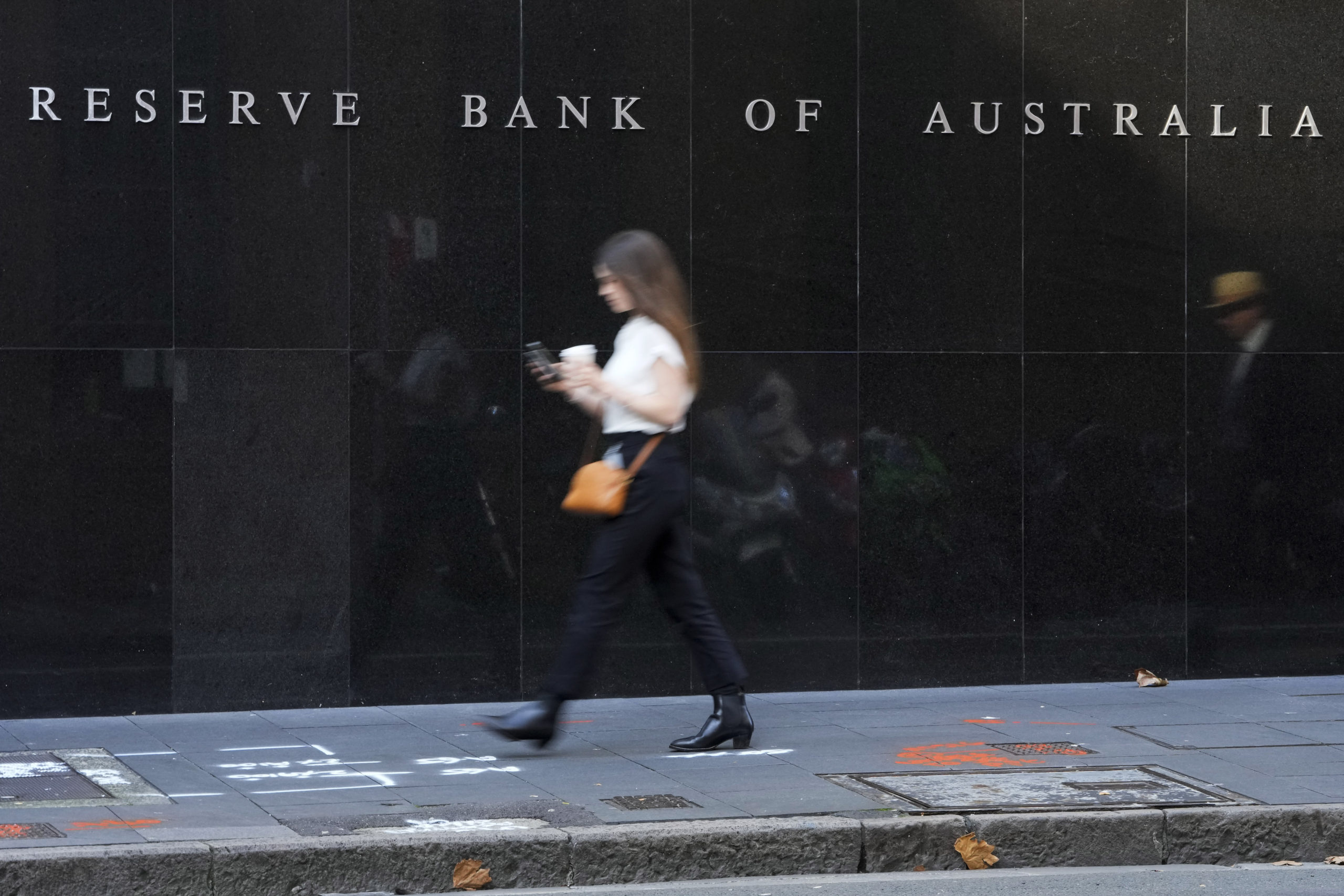CANBERRA, Australia (AP) — Australia’s central bank on Tuesday lifted its benchmark interest rate for a third time in three straight months, changing the cash rate to 1.35% from 0.85%.
The Reserve Bank of Australia’s half a percentage point rise was the same size as its June increase.
When the bank lifted the rate by a quarter percentage point at its monthly board meeting in May, it was its first rate hike in more than 11 years.
Increases at the June and July board meetings were widely expected. Reserve Bank governor Philip Lowe said in May it was “not unreasonable” to expect the cash rate to climb to 2.5%.
Lowe said on Tuesday that inflation in Australia was high, although not as high as it is in many other countries.
“Global factors account for much of the increase in inflation in Australia, but domestic factors are also playing a role,” Lowe said in a statement.
“Strong demand, a tight labor market and capacity constraints in some sectors are contributing to the upward pressure on prices,” he said, adding that recent floods were also affecting some prices.
The board expected to take further steps “over the months ahead,” he said.
“The size and timing of future interest rate increases will be guided by the incoming data and the board’s assessment of the outlook for inflation and the labor market,” Lowe added.
The Reserve Bank adjusts interest rates to keep inflation within a 2%-3% target band. The latest official inflation data was for the March quarter, when the annual rate rose to 5.1%. That was the highest annual rate since 2001, when a newly introduced 10% federal consumption tax caused a temporary spike.
March quarter inflation was sharply higher than the annual 3.5% rate reported three months earlier. The rise was driven by a surge in fuel and housing costs and damage to crops from floods last year.
Flooding in Sydney and its surrounds since Saturday has further damaged crops in the region and will likely increase prices of some fruits and vegetables.
Inflation data for the June quarter will be released on July 27, raising prospects of another rate hike at the bank’s August board meeting less than a week later.
Lowe forecast last month that inflation would peak at 7% late this year.
Treasurer Jim Chalmers said neither the Reserve Bank nor the Treasury Department was forecasting that rising interest rates would push the Australian economy into recession.
“The way I look at it is our economy is growing, but so are our challenges,” Chalmers said. He said the latest rate hike was “very challenging news for hardworking Australians already doing it tough.”
Australia’s housing market has already responded to the previous rate rises.
The Corelogic Home Value Index for June showed house prices in Australia’s most populous city Sydney and Melbourne, the second-most populous, fell by 2.8% and 1.8% over the quarter.

